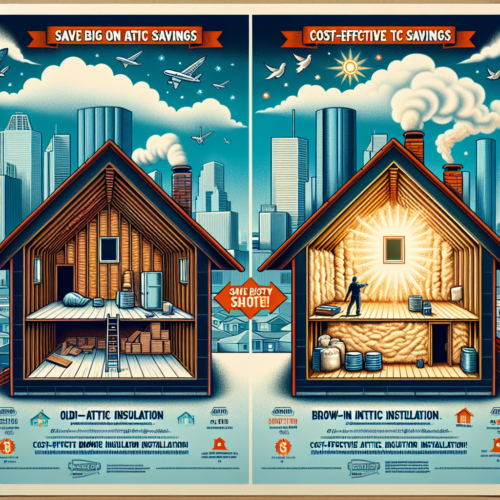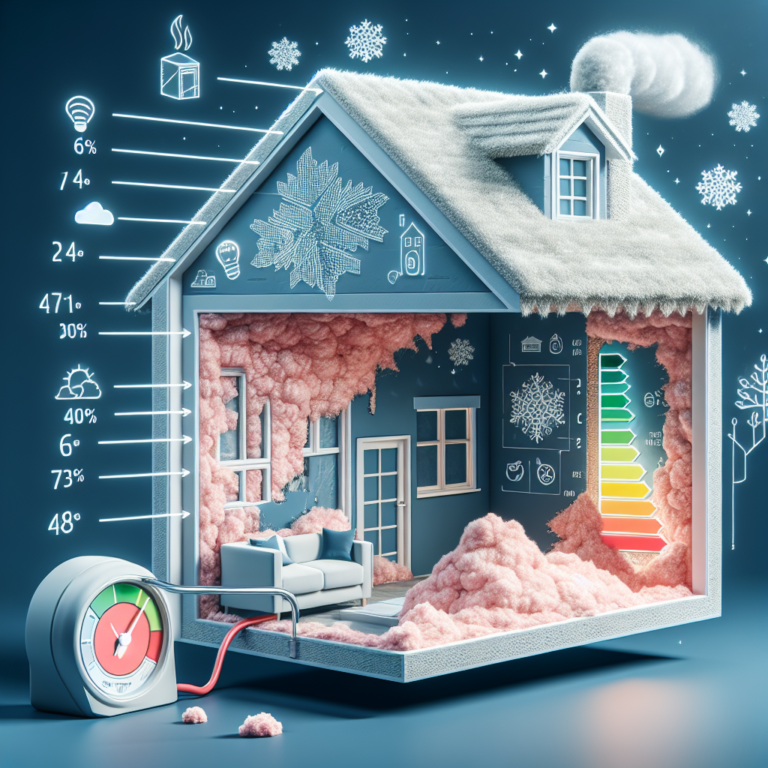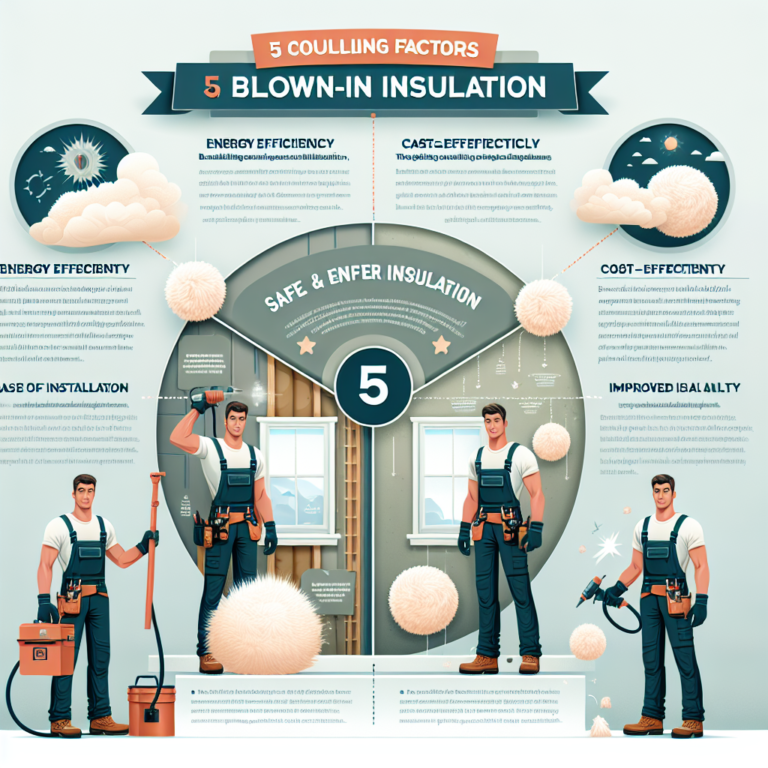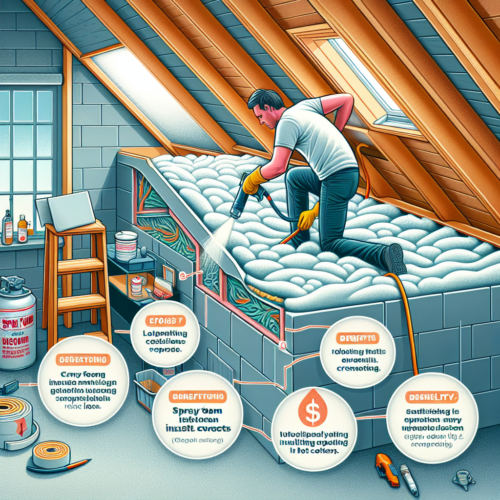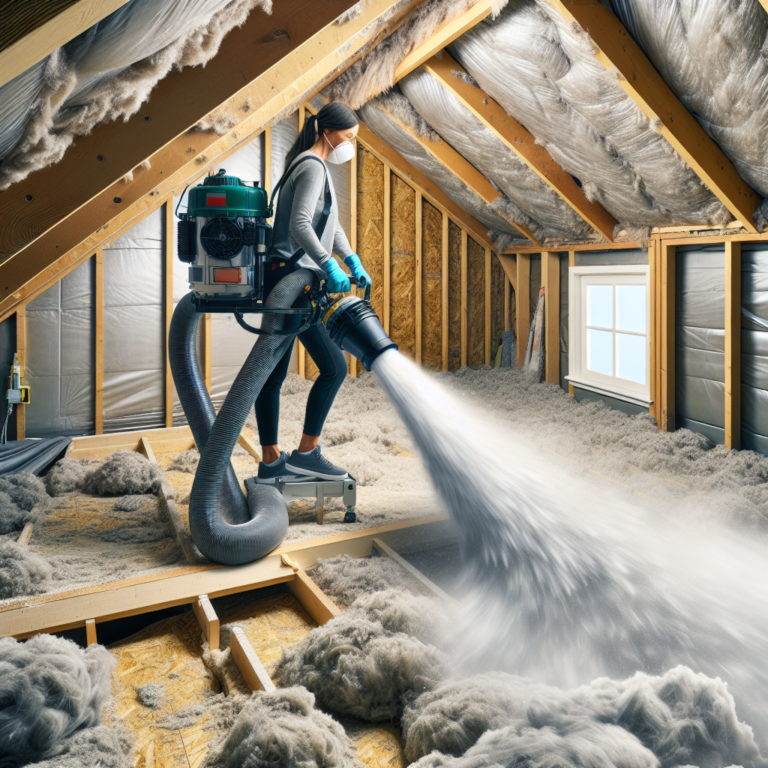Revamp Your Attic with Lowes Wet Blown In Insulation: Say Goodbye to Drafts!
Table of Contents
1. Introduction
2. H2: Why Choose Lowes Wet Blown In Attic Insulation?
3. H2: Key Benefits of Lowes Wet Blown In Attic Insulation
4. H2: How to Install Wet Blown In Attic Insulation from Lowes: A Step-by-Step Guide
H3: Prep Your Attic Space
H3: Load and Operate the Blower
H3: Achieve Uniform Coverage
5. H2: Common Pitfalls and How to Avoid Them
6. H2: Q&A
7. Conclusion
Introduction
An under-insulated attic can leave your home vulnerable to drafts, sky-high energy bills, and uneven indoor temperatures. Wet blown in attic insulation from Lowes offers a modern solution: a dense, seamless barrier that fills every nook and cranny. In this guide, you’ll discover why Lowes wet blown in attic insulation deserves a spot on your upgrade list—plus expert tips for installation, common mistakes to sidestep, and answers to your pressing questions.
H2: Why Choose Lowes Wet Blown In Attic Insulation?
Lowes wet blown in attic insulation combines recycled cellulose fibers with fire-resistant binders, then sprays them wet into your attic. Compared to dry loose-fill or rigid batts, this approach delivers:
• Total cavity fill – The damp fibers stick to rafters and joists, sealing gaps around wiring, plumbing, and ductwork.
• Higher R-value per inch – Expect better heat resistance and greater energy savings.
• Improved air sealing – Reduces convective air currents that carry heat up and out.
H2: Key Benefits of Lowes Wet Blown In Attic Insulation
1. Superior Energy Savings
• Studies show wet blown insulation can cut heating and cooling costs by up to 20%.
• Better attic sealing means furnace and AC units run less.
2. Enhanced Comfort
• Even indoor temperatures, fewer cold spots in winter and hot spots in summer.
• Quieter home: the dense cellulose dampens noise from outside and between floors.
3. Eco-Friendly Choice
• Made from up to 85% recycled paper products.
• Manufacturing and shipping footprints are lower than fiberglass batts.
4. Long-Lasting Performance
• Cells maintain their loft and R-value over decades—no settling or sagging.
• Treated for fire resistance and mold inhibition.
5. Fast, Professional Installation
• Lowes offers certified installers who handle everything from attic prep to cleanup.
• Most mid-size attics can be insulated in a single day.
H2: How to Install Wet Blown In Attic Insulation from Lowes: A Step-by-Step Guide
H3: Prep Your Attic Space
• Clear out old insulation, debris, and stored items.
• Seal air leaks around penetrations, chases, and gaps with caulk or spray foam.
• Protect recessed lighting and HVAC vents with insulated baffles.
• Wear protective gear: goggles, mask, gloves, and long sleeves.
H3: Load and Operate the Blower
1. Position the blower unit near your attic access.
2. Connect the hose and prime it with a small amount of water (per Lowes instructions).
3. Gradually add cellulose into the hopper—no overfilling.
4. Begin at the farthest corner, working back toward the access point.
H3: Achieve Uniform Coverage
• Aim for the target depth (typically 12–14 inches) to meet local R-value recommendations.
• Move the nozzle in sweeping motions, maintaining a constant distance from the attic floor.
• Use a depth marker or ruler to check insulation thickness every few feet.
• Avoid covering junction boxes or ventilation channels.
H2: Common Pitfalls and How to Avoid Them
1. Insufficient Air Sealing
Skipping attic prep wastes insulation’s potential. Seal leaks first.
2. Uneven Depth
Patches of shallow coverage erode energy savings. Measure frequently.
3. Wet Spots or Moisture Intrusion
Ensure roof leaks and plumbing penetrations are fixed before insulating.
4. Blocking Ventilation
Never cover soffit vents, ridge vents, or attic fans—keep airflow intact.
5. DIY Without a Plan
Underestimating material needs leads to multiple trips. Calculate your square footage and desired R-value in advance.
H2: Q&A
Q: How long does wet blown in attic insulation last?
A: Properly installed cellulose insulation retains its R-value for 20–30 years without settling.
Q: Can I install wet blown insulation myself?
A: While rental equipment is available, certified Lowes installers guarantee correct coverage and code compliance.
Q: Will wet insulation damage electrical wiring or drywall?
A: When installed by professionals, wet blown insulation is safe around wiring and framing. Keep junction boxes accessible and uncovered.
Conclusion
Transforming your attic into an energy-efficient fortress is within reach with wet blown in attic insulation from Lowes. By sealing hidden gaps, delivering superior R-values, and providing sustainable performance, Lowes’ solution helps you say goodbye to drafts and wave hello to lower energy bills. Whether you tackle the project with Lowes professionals or follow our step-by-step guide, investing in wet blown in attic insulation pays dividends in comfort, cost savings, and long-term peace of mind.


